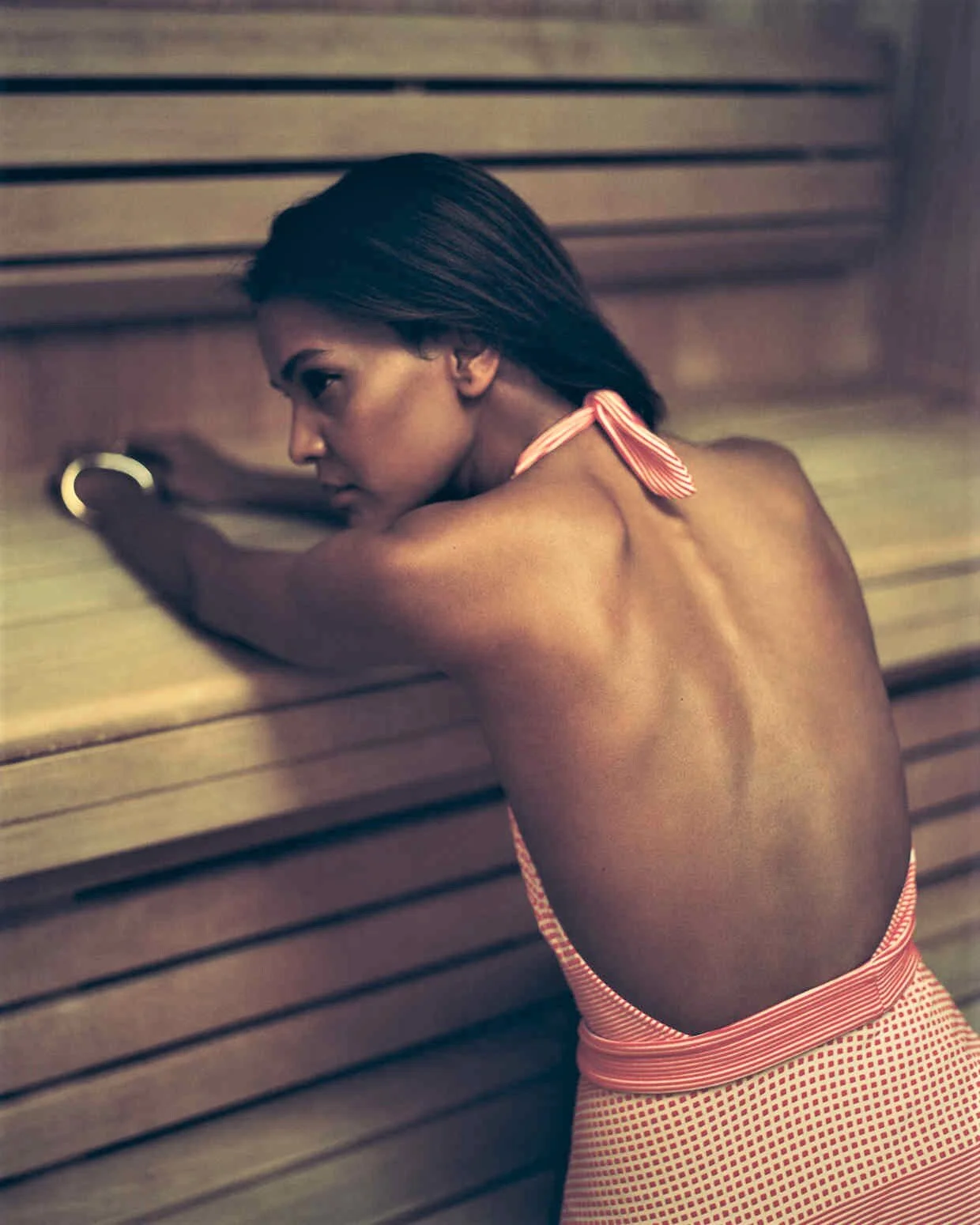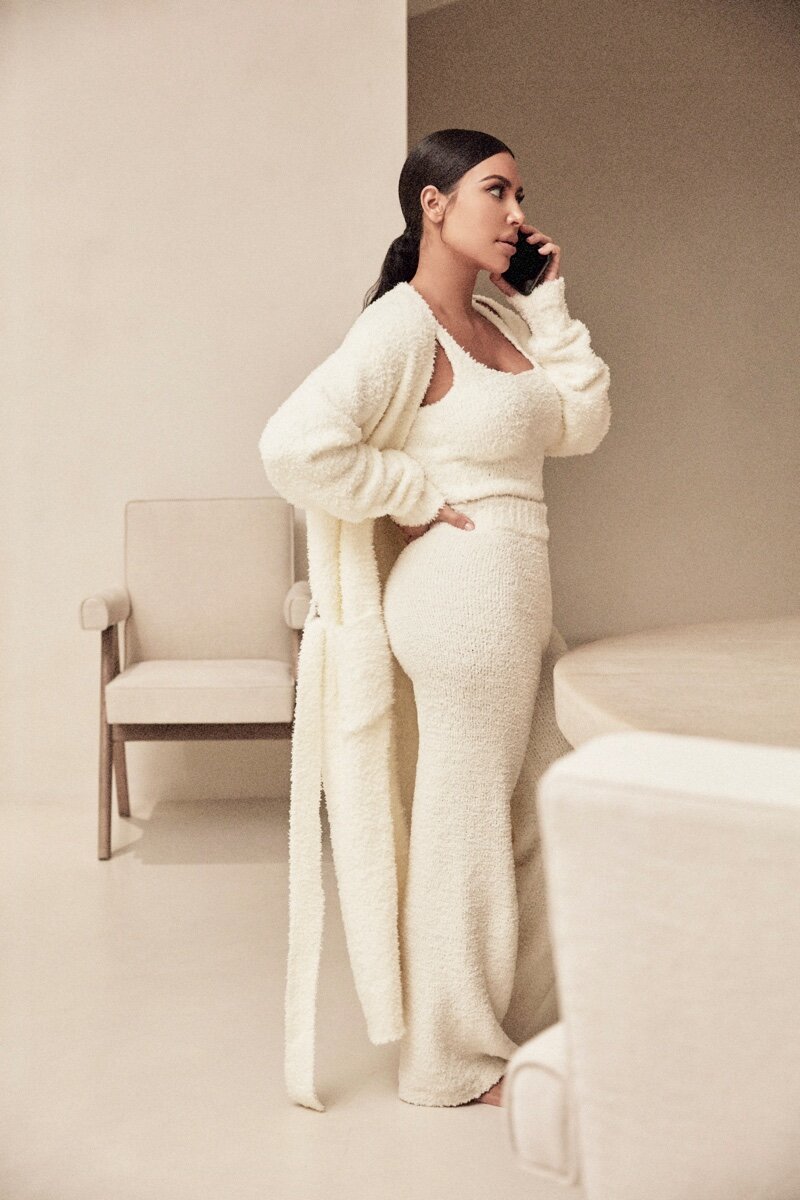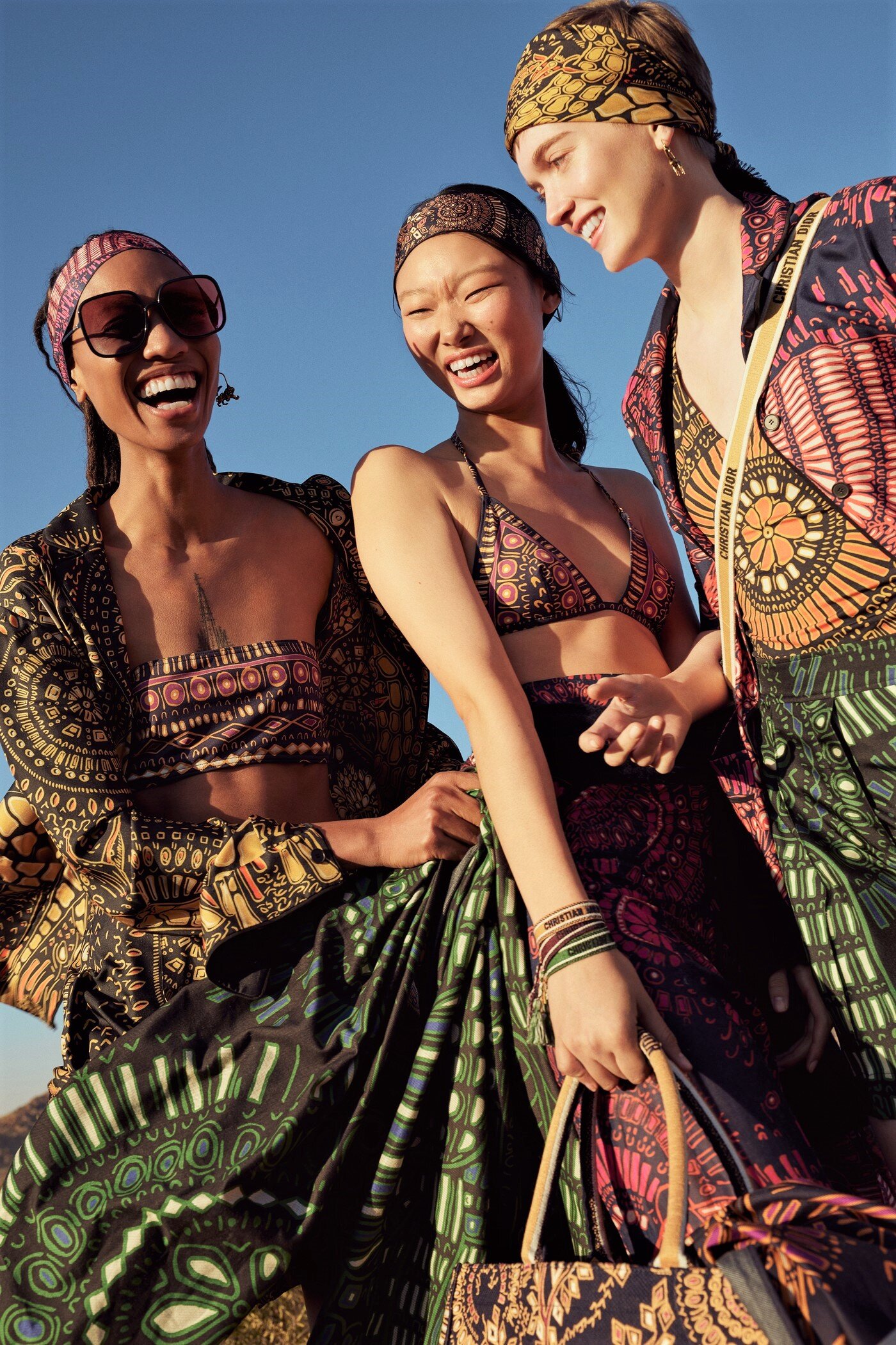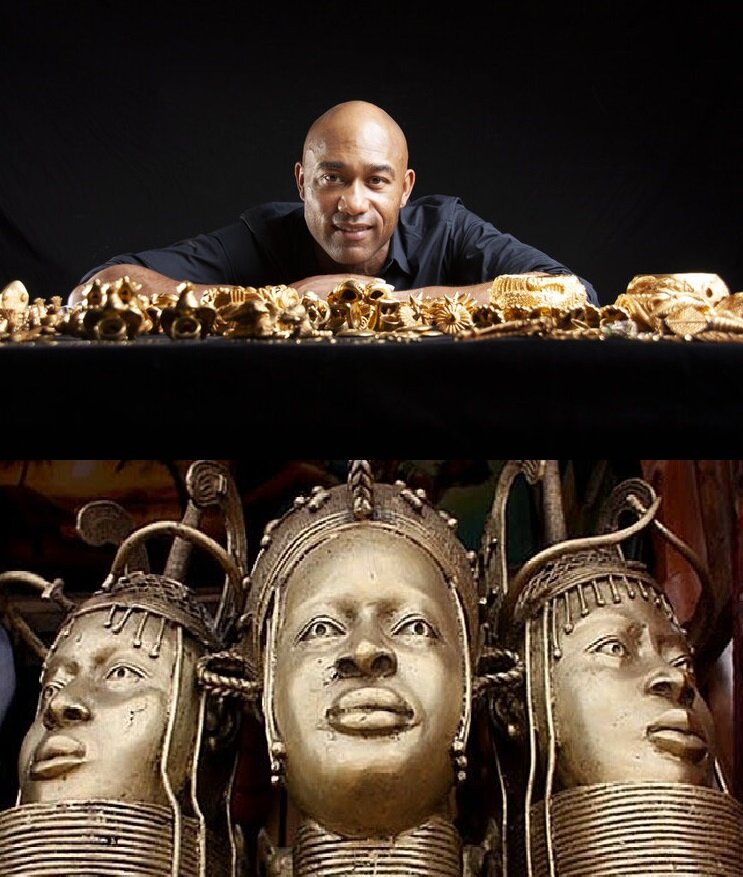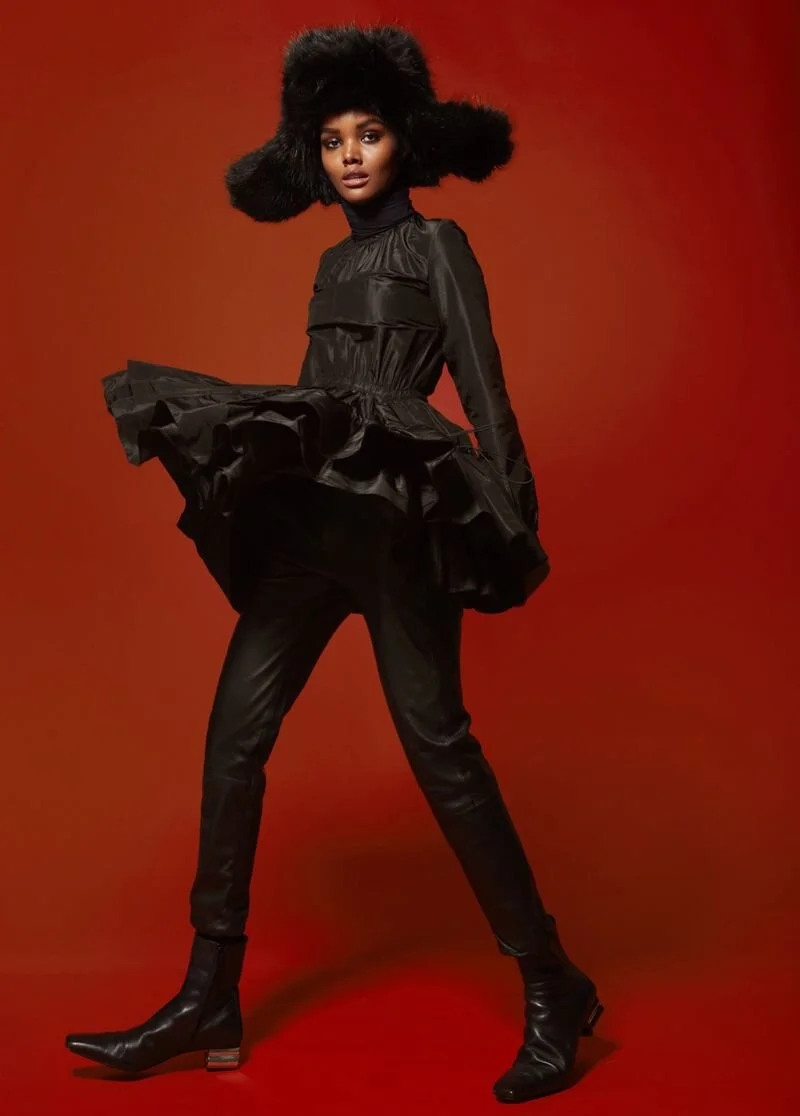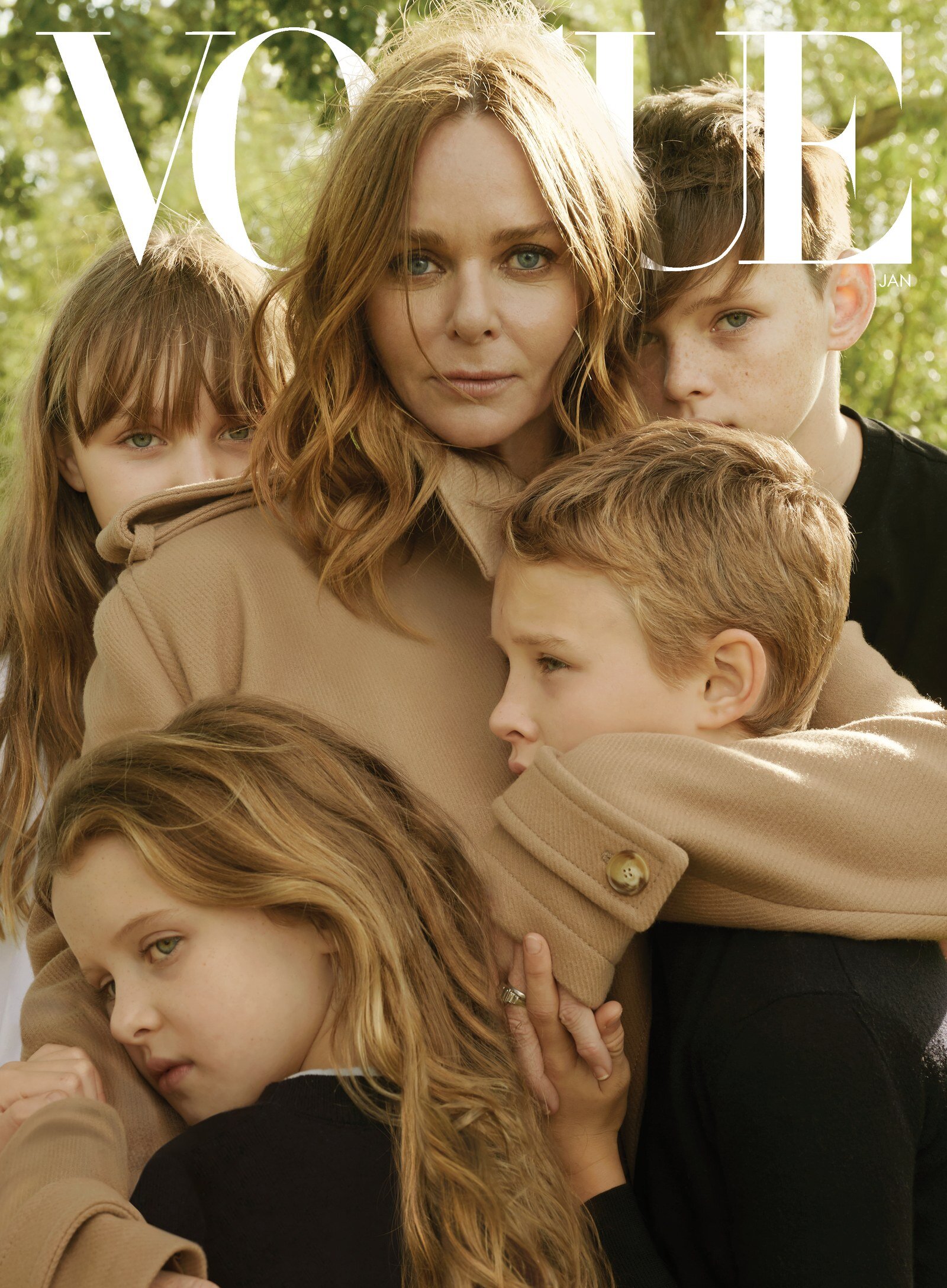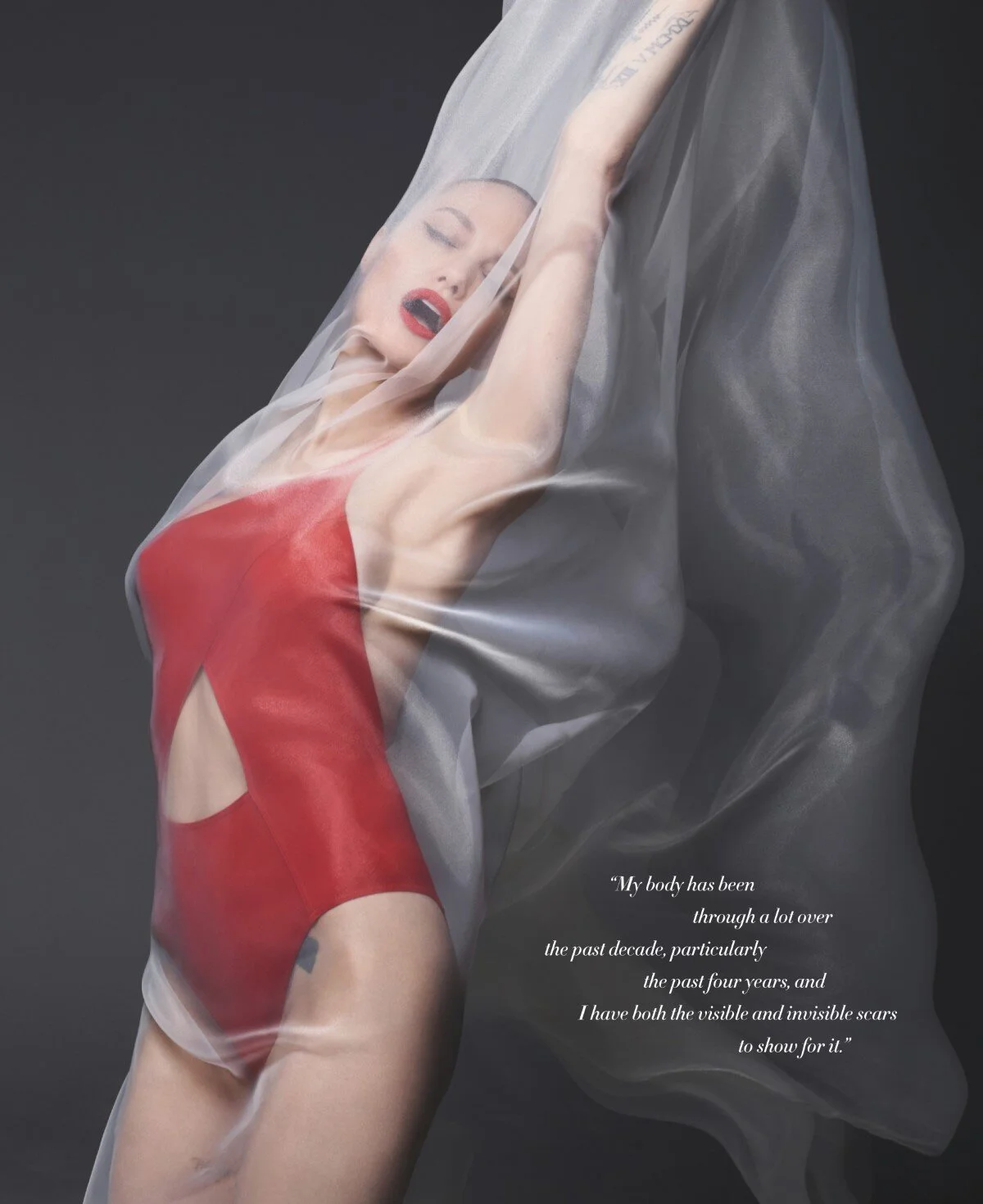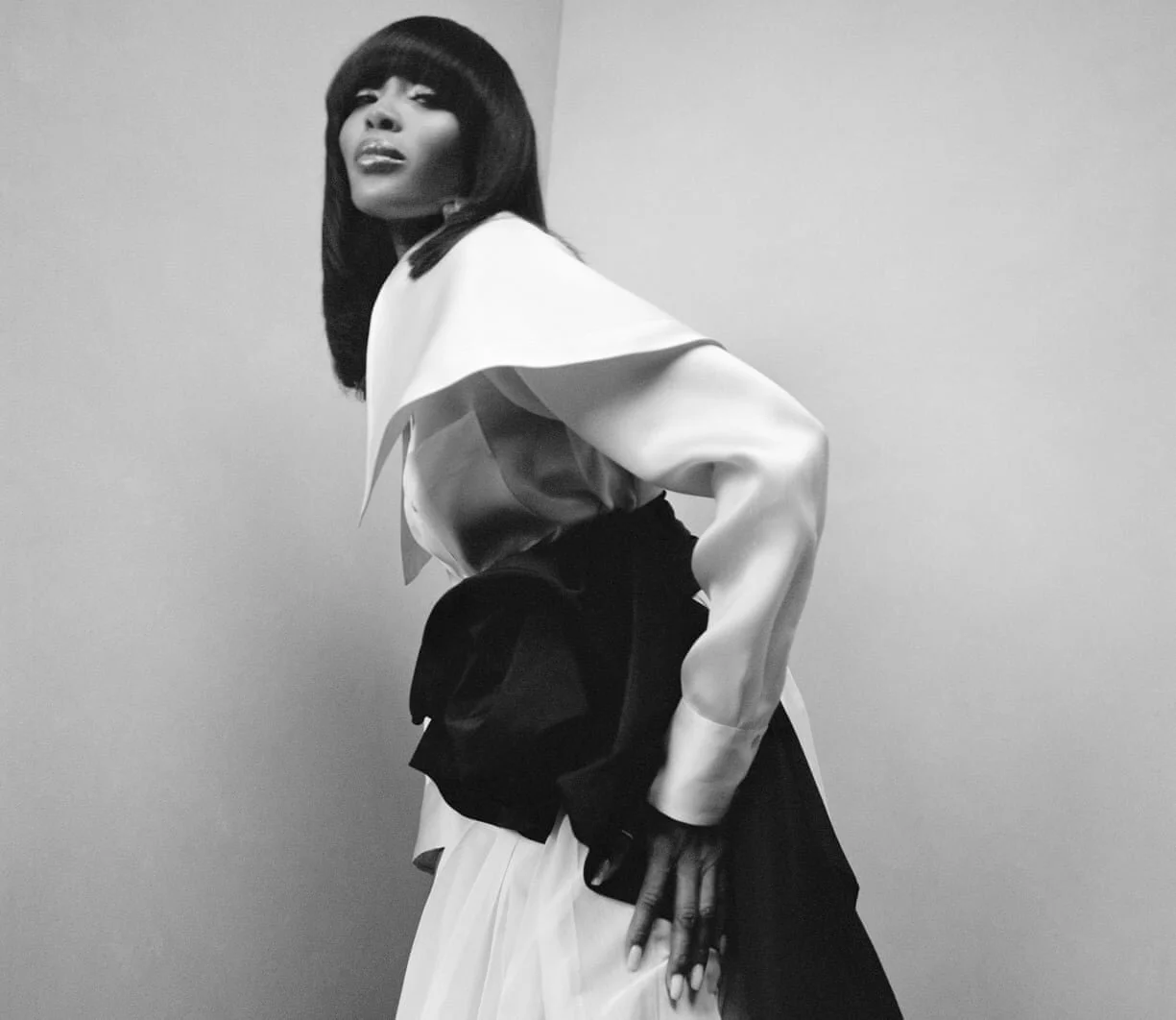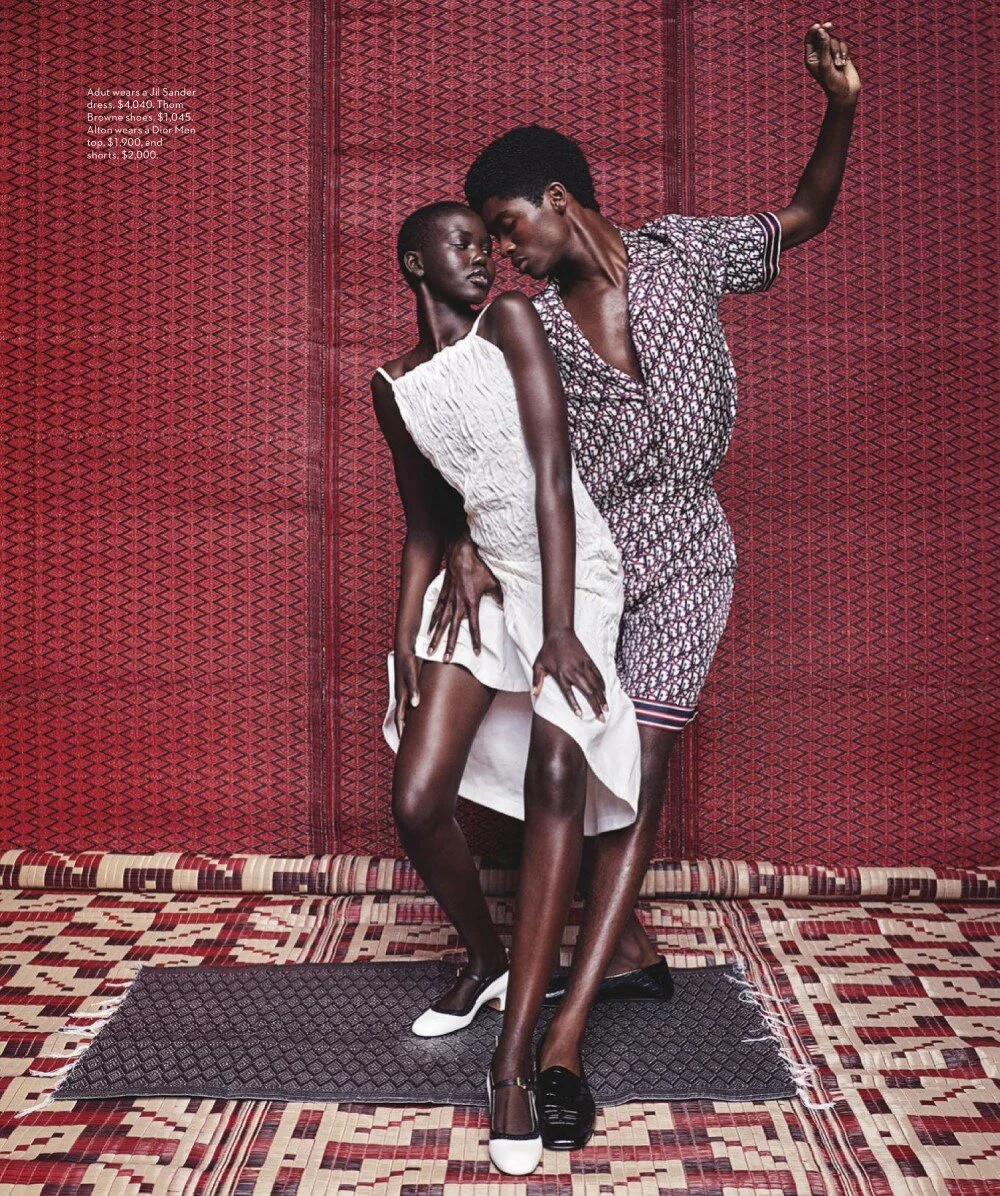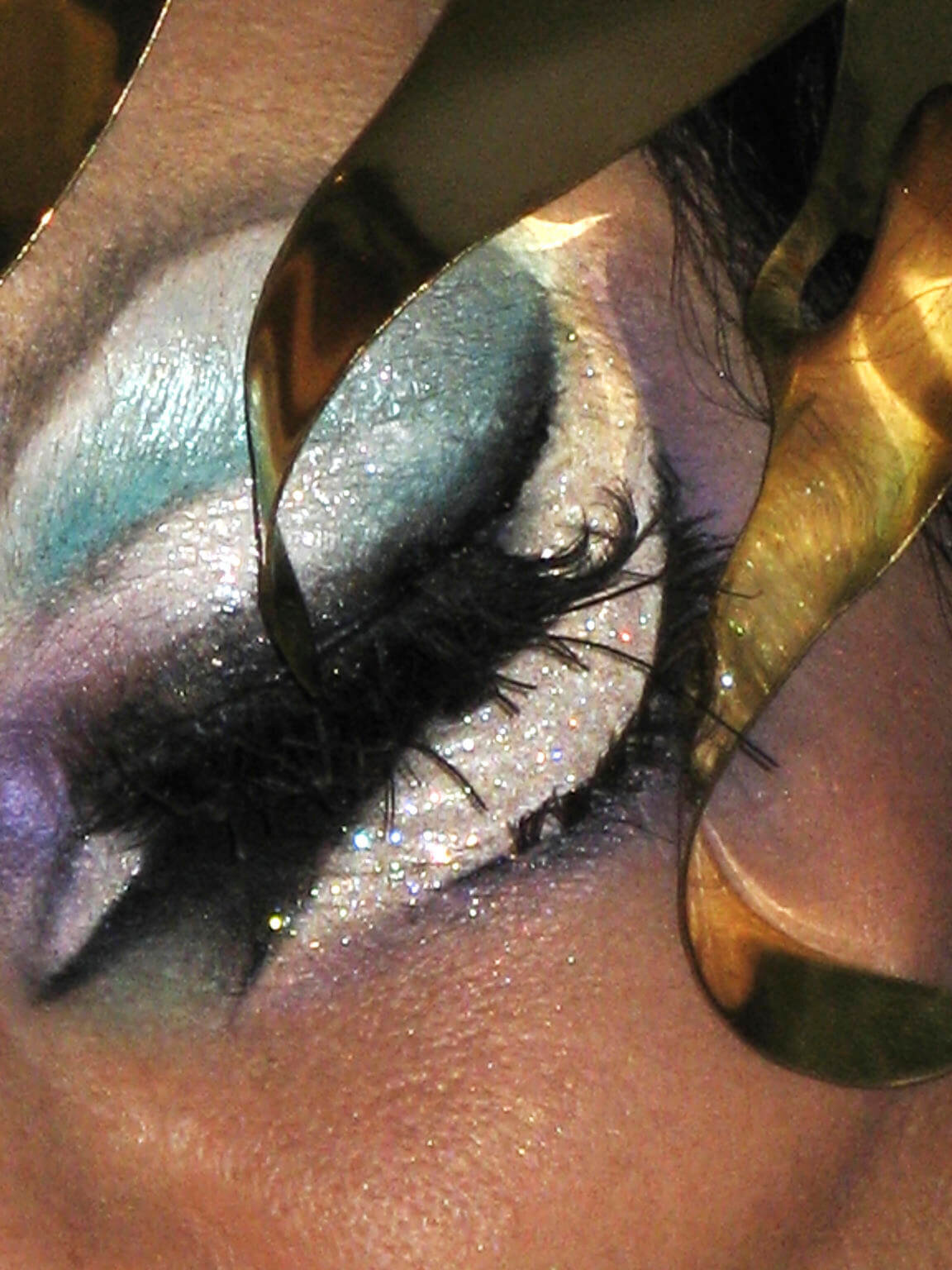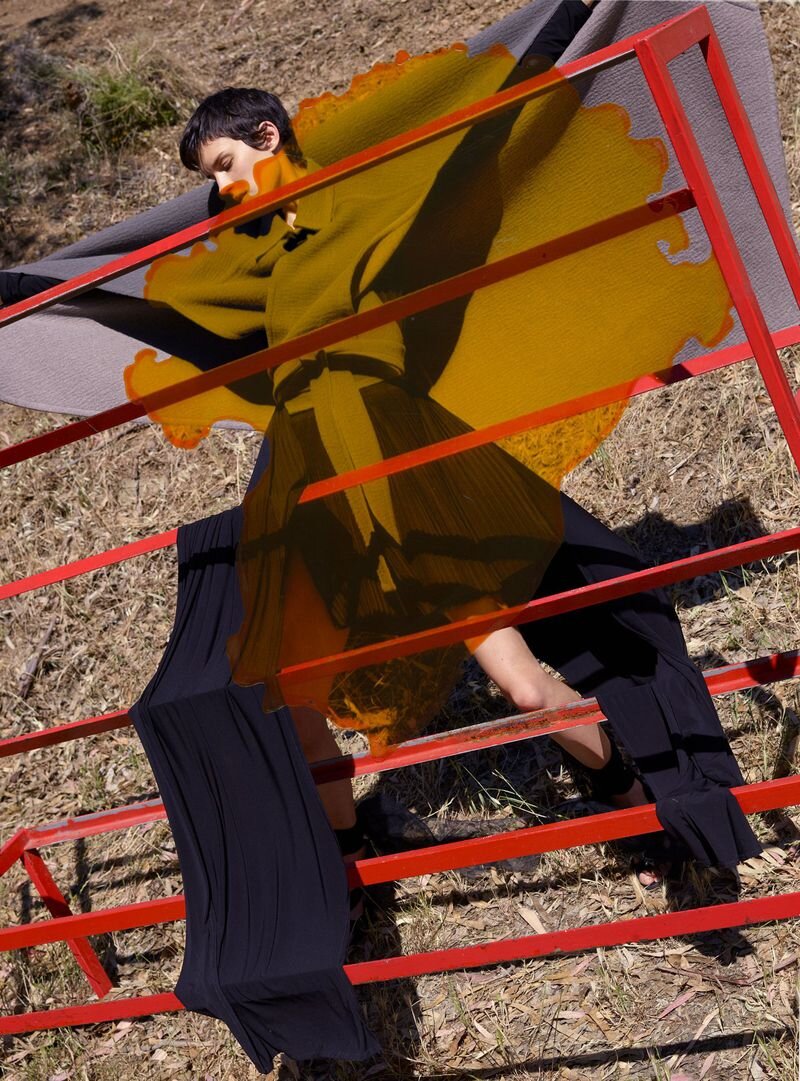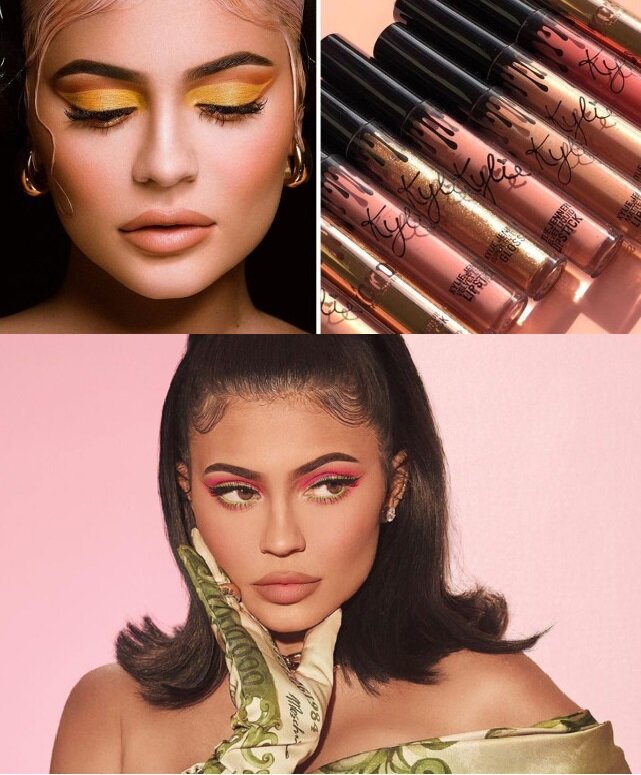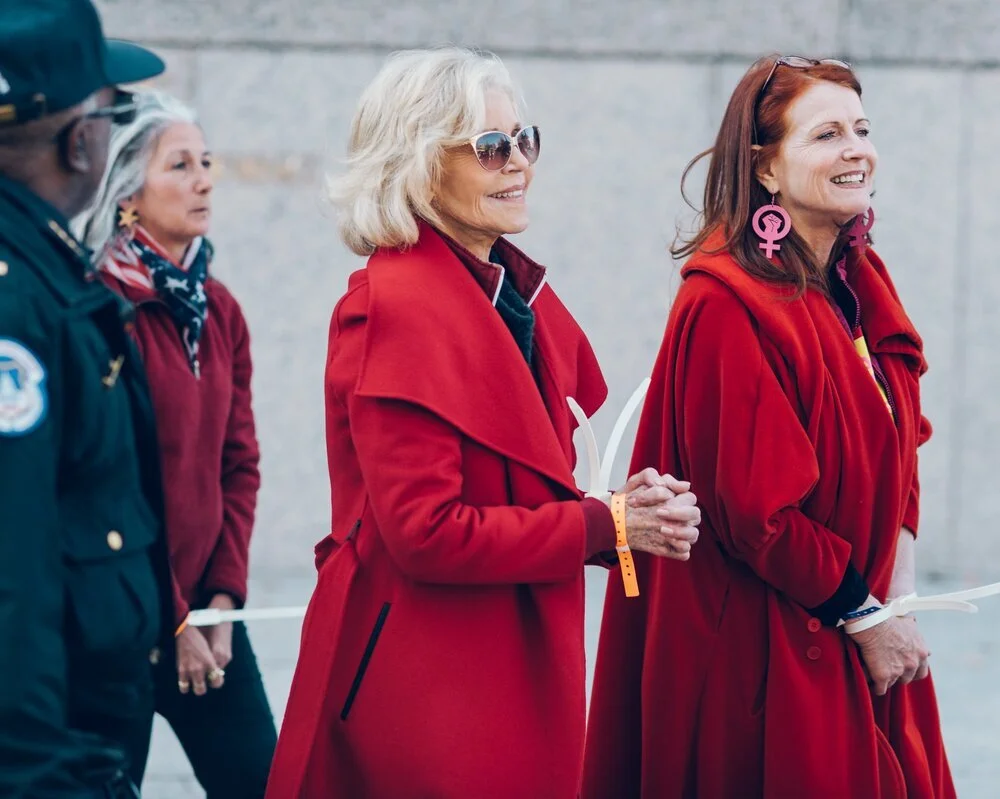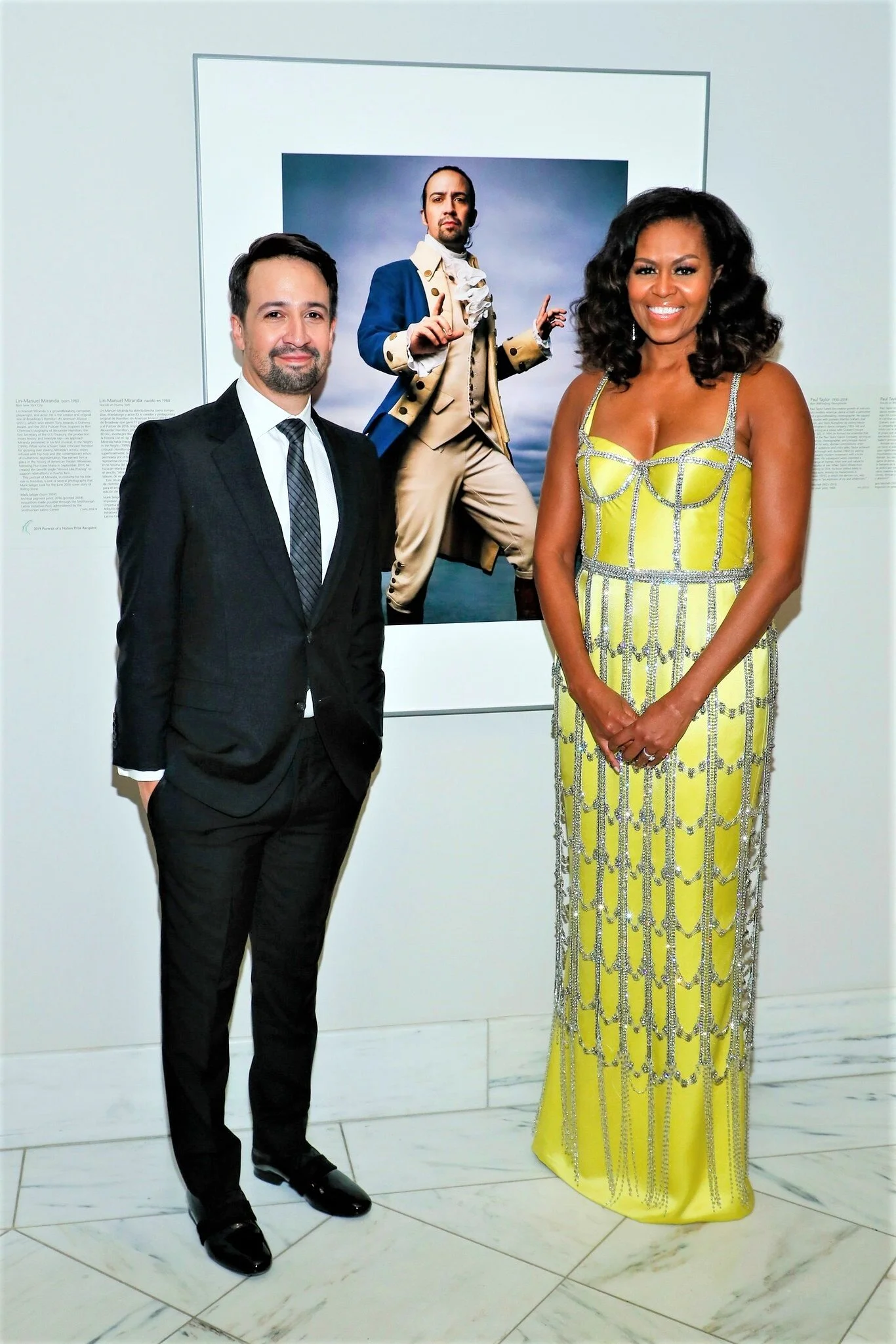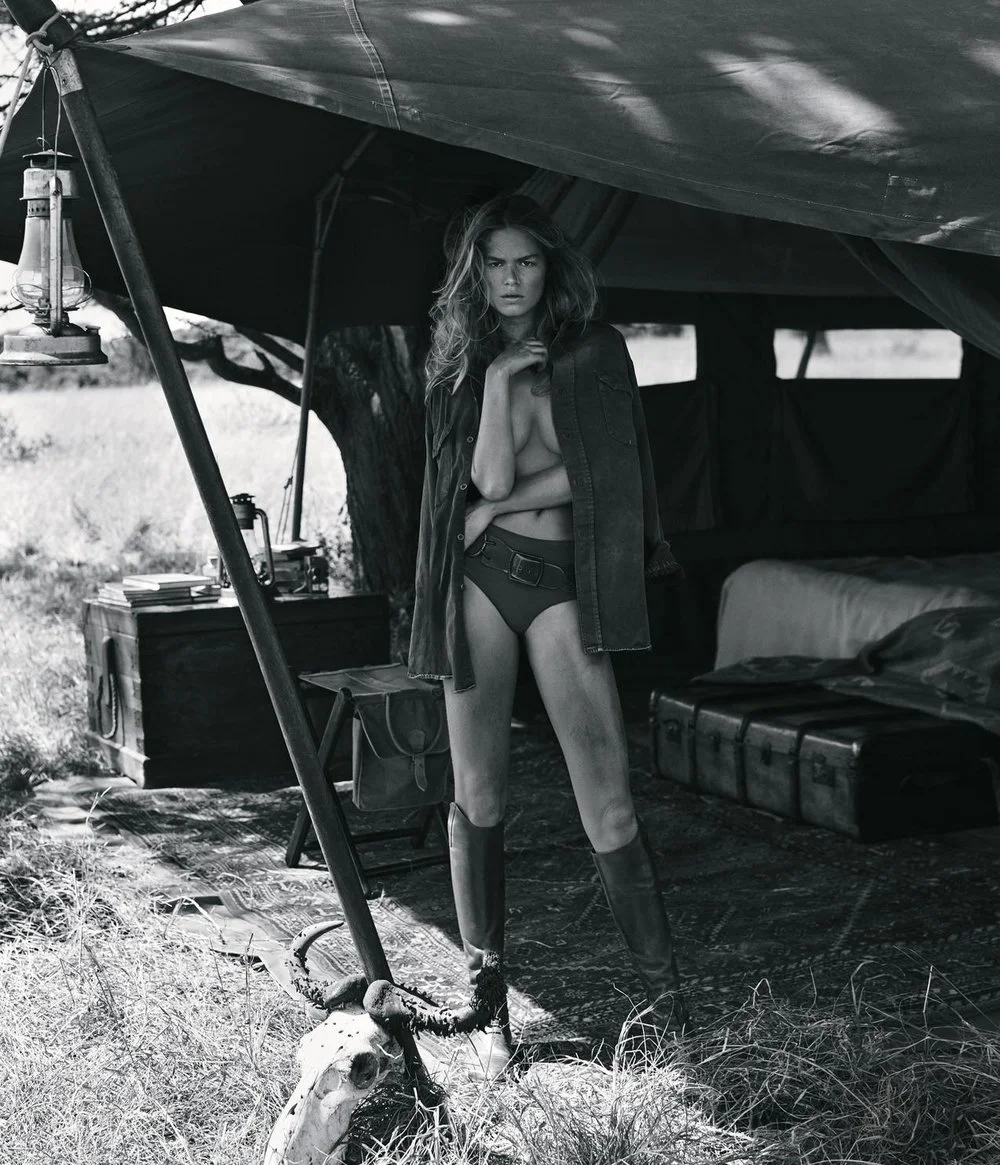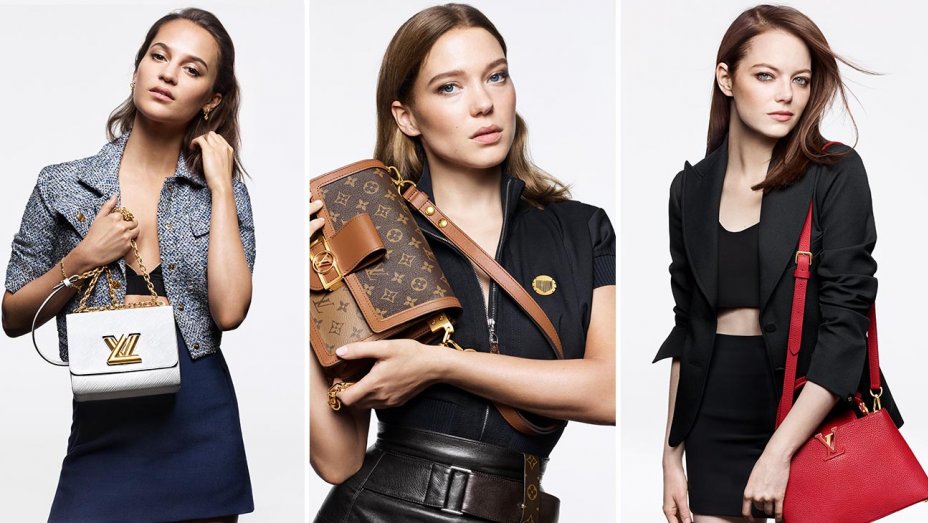Calvin Billboards | Brands vs Neighborhoods
/Late reading of a BlackBook post via NYMag, concerning the Calvin Klein billboard controversy just caught my eye. We reported yesterday that the billboard has come down.
In many ways the articulate defense of the campaign by Calvin Klein head designers Italo Zucchelli and Francisco Costa at last week’s CFDA awards, goes dead to the heart of the New Eroticism intersection of the adult biz world and modern sexuality.
There’s no emotion in the photos and the poses are stilted, but conceptually I embrace it.

Head menswear designer Zucchelli sees the sex-charged campaign as totally on point with Calvin Klein’s image: “I think it is a fantastic campaign. That is what Calvin Klein Jeans is supposed to be. Everyone needs to be scandalized and screaming. That is what we want.” And in Costa’s opinion, it can only help the brand’s image … especially with tourists: “I think they’ll see that and walk right into our store. I think tourists have great sensibility. That’s why they’re tourists. They’re voyeurs.”
This entire controversy raises a most important discussion around business’s use of public spaces.
Let me say that I, too, love the Steven Meisel campaign for Calvin Klein jeans. I think it’s deadon right for the brand and represents all that I know is going on in the sexy world, for better or worse.
I am concerned about the concept of promoting adult sexuality using models that are too young, because I believe that advertising impacts social behavior and helps to define social mores, and press against coundaries.
So the age of the models aside, and the fact that they look like mannequins (which is a style) I think the campaign is great.
Now — where is it advertised?
In America we ban everything that’s shown in Europe, and they’re much better adjusted sexually than we are. So I don’t agree that banning sexy advertising makes America safer and less sexually-deviant, corrupts our youth less or undermines virginity.
Statistics convey the reality that American sexuality is more screwed up than European sexuality, in most traditional measures.
For me, the Calvin Klein billboard is about defining a neighborhood’s look and attitude, and about introducing very dicey imagery onto streets where babies roll by in strollers or families are out for a fun day as tourists or residents.
Last I knew, Soho is home to a lot of New Yorkers who live there and hang out for fun.
Brand vs. Civic Rights
The Calvin Klein billboard isn’t a private dialogue between it and Calvin Klein customers. All of us are confronted by the massive imagery, whether we want to see it or not.
Brands are in my face today, unless I walk away with my eyes closed.
Just as the new landing page ads on Internet pages stay with us until the system responds to our hitting the “x”, viewing that billboard is unavoidable for all of us — like it or not.
Soho belongs to the people, not only business and brands. I’m sure that both Zucchelli and Costa are great guys, but I find them off base in their logic that their brands have an undeniable right to dominate and define the New York skyline with any images of their choosing.
Tourist Voyeurs vs Sexless New Yorkers
I agree that tourists are voyeurs. I think we’re all voyeurs in one way or another. But don’t force people to walk around New York with their eyes closed, because it’s not fair and reasonable.
Perhaps 20 years from now, the Calvin Klein billboard will appear dated and tame. Today it raises a host of controversial, moral, sexual images that many parents, children and adult New Yorkers choose not to look at.
Do the folks at Calvin Klein really believe that we should have no choice in the matter?
Naw. They’re better people than that. And if they truly do believe that the general public has no say anymore in five-story images on our streets, well that only aggravates the opposition and drags America limping along even further in its search for a healthy sexuality. Anne
